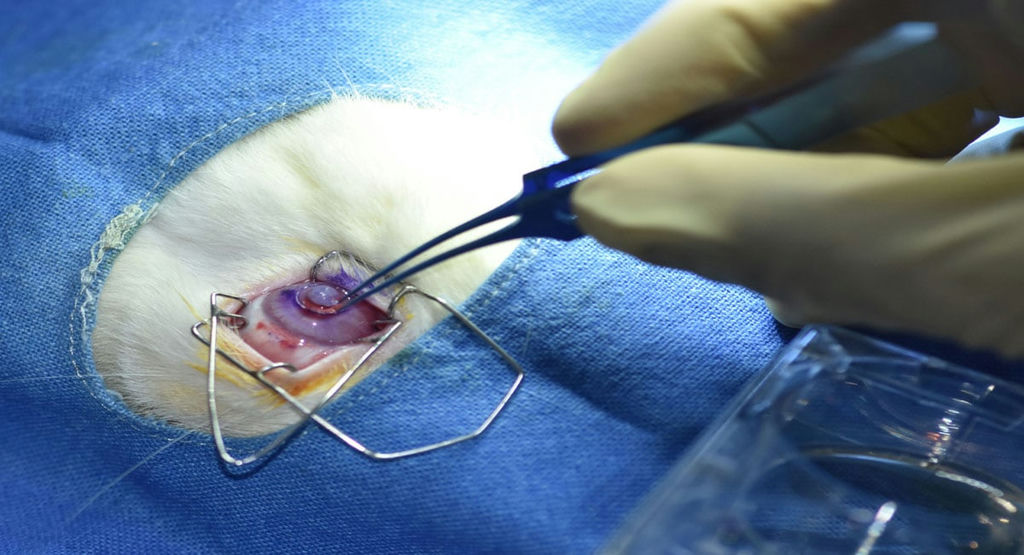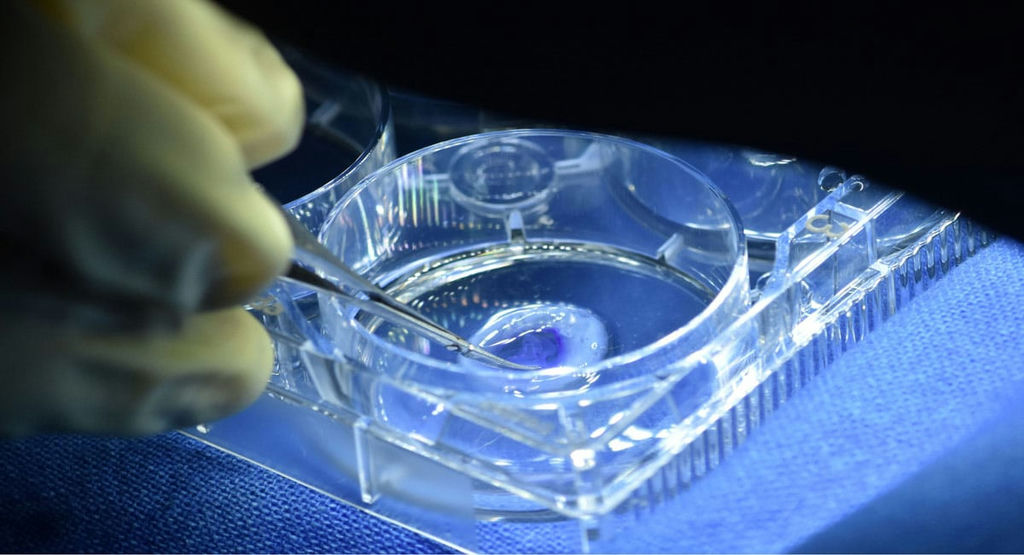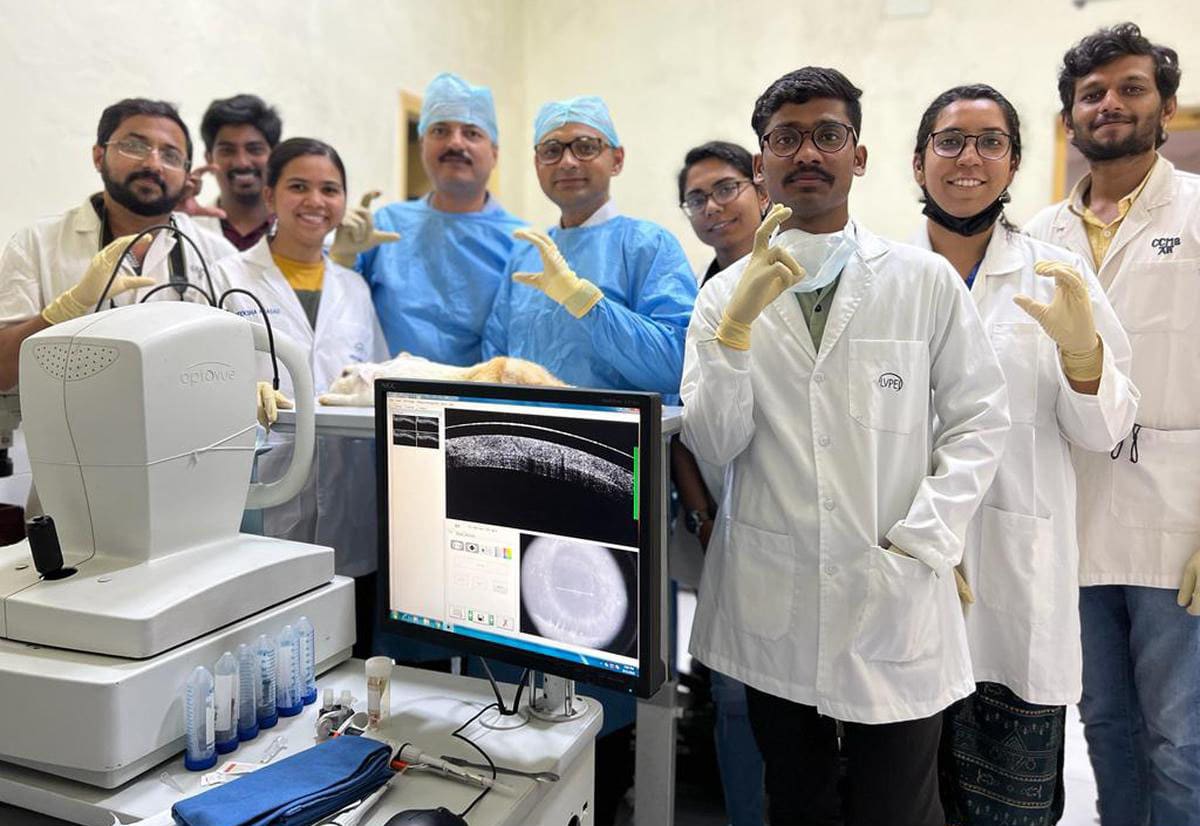A team of clinicians and scientists from the LV Prasad Eye Institute (LVPEI), Hyderabad, Indian Institute of Technology (IIT) Hyderabad, and Centre for Cellular and Molecular Biology (CCMB), have collaborated to develop the 3D-printed cornea from the human donor corneal tissue which would have otherwise been discarded for not meeting optical standards for clinical transportation.
The printed corneas need to undergo further clinical testing and development before they can be used in patients, which could take several years. The team is hopeful of a positive outcome.
Funding sources
While corneal substitutes are being actively researched throughout the world, they are either animal-based or synthetic. The Hyderabad-based team said that their product is completely natural, contains no synthetic components, and is free of animal residues. It is developed indigenously through government and philanthropic funding.
Corneal damage is the leading cause of blindness worldwide with more than 1.5 million new cases of corneal blindness reported every year.
Pointing at the wide gap between the demand and supply of donor corneal tissue worldwide, and lack of adequate eye banking networks, they said that less than 5% of new cases every year are treated by corneal transplantations due to donor tissue shortage.
Made-in-India
Corneal transplantation is the current standard of care for cases with severe disease and vision loss. The made-in-India product could offer an alternative solution to corneal blindness.
Each donor cornea can aid in the preparation of three 3D-printed corneas. The cornea can be printed in various diameters from 3 mm to 13 mm., and can be customised based on the specifications of the patient.

“With recent advancements in regenerative medicine and tissue engineering, the researchers from LVPEI, IIT-H and CCMB used decellularised corneal tissue matrix and stem cells derived from the human eye to develop a unique biomimetic hydrogel (patent pending) that was used as the background material for the 3D-printed cornea. Because the 3D-printed cornea is composed of materials deriving from human corneal tissue, it is biocompatible, natural, and free of animal residues. In addition, since the tissue used for this technology is derived from donor corneas that do not meet the optical standards for clinical transplantation, this method also finds unique use for the donated corneas that would otherwise be discarded,”.

Ground-breaking innovation
Dr Sayan Basu and Dr Vivek Singh, lead researchers from L V Prasad Eye Institute, believe that this can be a ground-breaking and disruptive innovation in treating diseases like corneal scarring (where the cornea becomes opaque) or Keratoconus (where the cornea gradually becomes thin with time).
“It is a made-in-India product by an Indian clinician-scientist team and the first 3-D printed human cornea that is optically and physically suitable for transplantation. The bio-ink used to make this 3D printed cornea can be sight-saving for army personnel at the site of injury to seal the corneal perforation and prevent infection during war-related injuries or in a remote area with no tertiary eye care facility,” they said.
Other members of the team are Dr Bokara Kiran Kumar, senior scientist, CCMB, one of the lead investigators of the project, Dr Falguni Pati, associate professor, Department of Biomedical Engineering, IIT Hyderabad. Research students who have contributed to the work are Shibu Chameettachal, Deeksha Prasad, Yash Parekh and others from LVPEI, CCMB and IIT-H.
Subscribe to AM Chronicle Newsletter to stay connected: https://bit.ly/3fBZ1mP
Follow us on LinkedIn: https://bit.ly/3IjhrFq
Visit for more interesting content on additive manufacturing: https://amchronicle.com/


